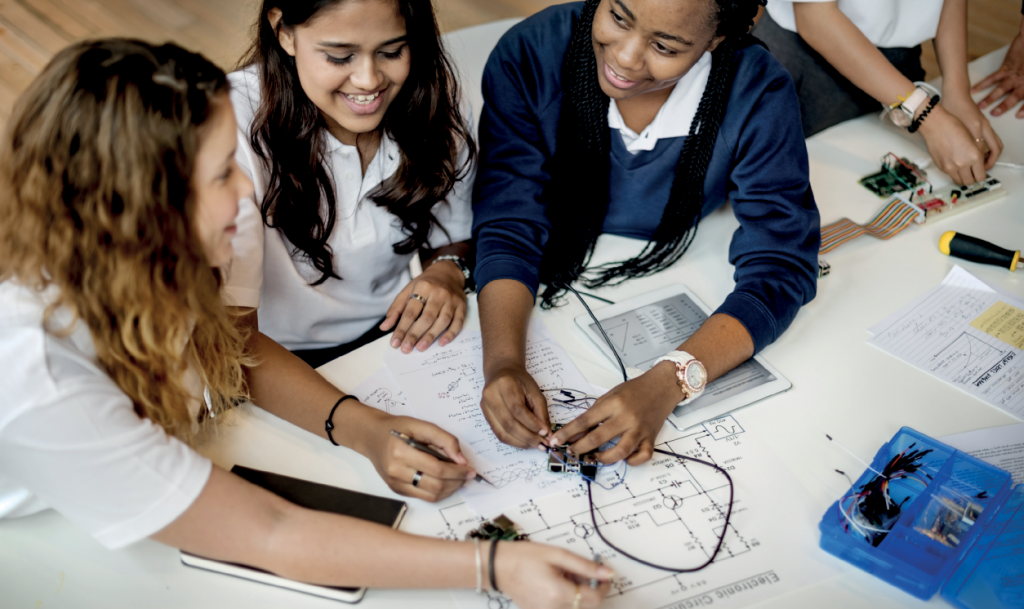
KS3: Matter
Objectives:
- Understands the conservation of matter and mass and reversibility
Pupils will have developed ideas about the nature of materials from primary school science and from wider experience, but at KS3 this needs to develop into a more conceptual approach involving understanding and manipulating the particle model of matter. This represents a step change for pupils, who will have previously understood materials in terms of observable phenomena such as change of shape, change of state and chemical changes such as burning. In KS3 the particle model is introduced and repeatedly used to make sense of why these changes happen. Some of these are, of course, easier to explain than others and the focus here is more upon changes of state and simple reactions.
Pupils may initially see a reaction in terms of the product having little or no relationship to the reactants; that some things have ‘vanished’ and others ‘appeared’. It is important to develop a grasp of a reaction being a ‘rearrangement of particles’ and therefore that mass is conserved.
Similarly, with changes of state: when ice melts and water boils, there are the same numbers of particles after as before; it is the physical arrangement that has changed. The effective and repeated use of various diagrams and models can assist with this. Effective teaching will use a range of such devices; it helps to avoid the mechanical recalling of a set diagram if pupils are challenged to use different models.
The idea of density will arise here and can be usefully exploited to compare and contrast, say, a vapour with a gas. It is best to avoid referring to denser materials as being ‘thicker’ as pupils will then be confused as to why oil floats on water or cream on milk. Diagrams and models are useful, with attention to details such as the numbers of particles in examples relating to changes of state.